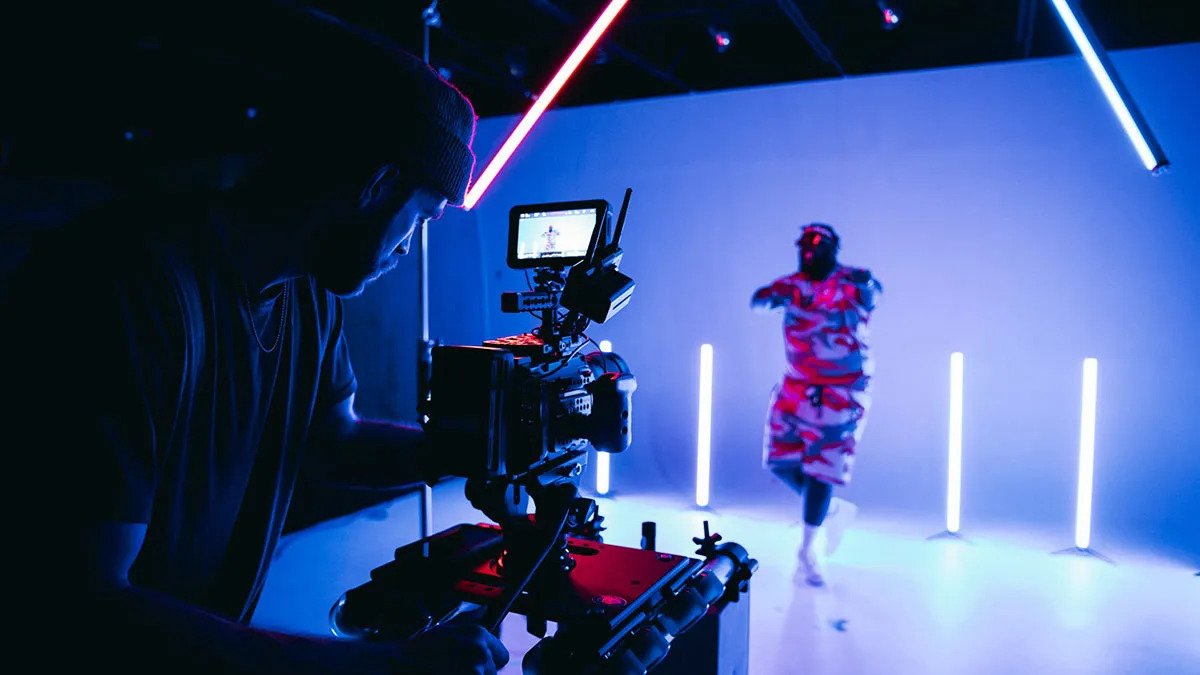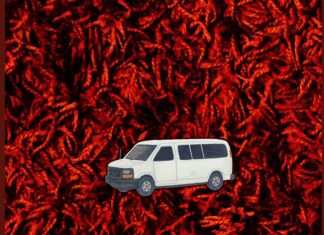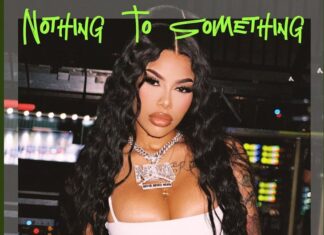In today’s digital age, producing your indie music video has become more accessible. With the right tools, creativity, and determination, you can create a captivating visual accompaniment to your music. This guide will take you through the steps to produce your indie music video and help you turn your artistic vision into reality.
Planning Your Indie Music Video
Before diving into the production process, planning every aspect of your indie music video is crucial. Proper planning ensures a smoother production phase and a more cohesive result. Here’s how to get started:
- Define Your Concept and Storyboard
- Concept Development: Brainstorm ideas that align with your music’s theme and message. What story or emotion do you want to convey through your video?
- Storyboarding: Create a visual roadmap for your video using sketches or a storyboard. This helps you organize your shots and transitions in advance.
- Select Locations and Props
- Scouting Locations: Choose locations that complement your concept. Whether it’s an urban setting, a picturesque landscape, or a cozy interior, the backdrop should enhance your narrative.
- Props and Costumes: Determine what props, costumes, or set pieces you’ll need. Ensure they align with your concept and are readily available.
- Assemble Your Team
- Crew: Depending on your project’s scale, you may need a team that includes a director, cinematographer, editor, and makeup artist. Alternatively, you can take on multiple roles yourself.
- Cast: If your video involves actors or extras, recruit them and hold auditions if necessary.
Preparing Your Equipment
Your video’s visual quality depends on the equipment you use. While professional gear is ideal, you can still achieve excellent results with consumer-grade tools. Here are some considerations:
- Camera and Lenses
- Camera Selection: A high-quality smartphone or DSLR can work well for indie music videos if you don’t own a professional camera.
- Lenses: Experiment with different lenses to achieve the desired depth of field and visual style.
- Lighting
- Natural Light: Utilize natural light whenever possible, especially for outdoor shots.
- Artificial Lighting: Invest in basic lighting equipment, such as LED panels, to control the lighting in indoor or low-light settings.
- Sound Recording
- Microphone: Invest in a good-quality microphone to capture clear audio. A Lavalier microphone or shotgun microphone is a good choice.
- Sound Recorder: If your camera doesn’t have excellent audio capabilities, consider using a dedicated sound recorder for higher audio quality.
Shooting Your Indie Music Video
With your concept, team, and equipment in place, it’s time to start shooting your indie music video. Here are some tips for a successful shoot:
- Follow Your Storyboard
- Stick to the Plan: Refer to your storyboard and shot list to ensure you capture all the necessary footage.
- Experiment: While following your plan is essential, allow room for creative experimentation during the shoot.
- Pay Attention to Details
- Framing: Pay close attention to structure and composition. Experiment with different angles and perspectives to add visual interest.
- Focus and Exposure: Maintain proper focus and exposure to ensure your shots are sharp and well-exposed.
- Capture B-Roll
- B-Roll Footage: In addition to your primary shots, capture extra footage (B-roll) of details, scenery, or candid moments to enhance your video during editing.
Editing Your Indie Music Video
In the editing phase, you combine all your footage into a cohesive indie music video. Here’s how to get started:
- Import Footage
- Organize: Import all your footage into your video editing software and organize it by scenes or shots.
- Select Clips: Review your footage and select the best takes for each shot.
- Assemble the Video
- Timeline Editing: Arrange your selected clips in the order that follows your storyboard and concept.
- Transitions: Add transitions between shots to create a smooth flow.
- Add Effects and Sound
- Color Grading: Enhance the visual style of your video with color correction and grading.
- Soundtrack: Sync your music track with the video and adjust audio levels for clarity.
- Finalize and Export
- Review and Fine-Tune: Watch your video multiple times, adjusting pacing, color, and audio.
- Export: When satisfied, export your indie music video in the desired format for sharing on platforms like YouTube, Vimeo, or social media.
Promoting Your Indie Music Video
Once your video is ready, it’s time to share it with the world and gain the recognition it deserves. Here are some strategies for promoting your indie music video:
- Social Media: Share teasers, behind-the-scenes content, and videos on your social media profiles.
- YouTube: Upload your video to YouTube with an engaging title, description, and relevant tags.
- Collaborations: Partner with other artists or influencers to cross-promote your video.
- Email List: If you have an email list of fans, send them a dedicated announcement with a link to your video.
- Music Blogs and Magazines: Reach out to music blogs and magazines for potential features or reviews of your video.
Following these steps, you can successfully produce your indie music video and share your artistic vision with a wider audience. Remember that creativity, passion, and perseverance are your greatest assets in indie music video production.





















